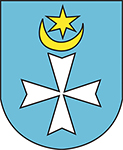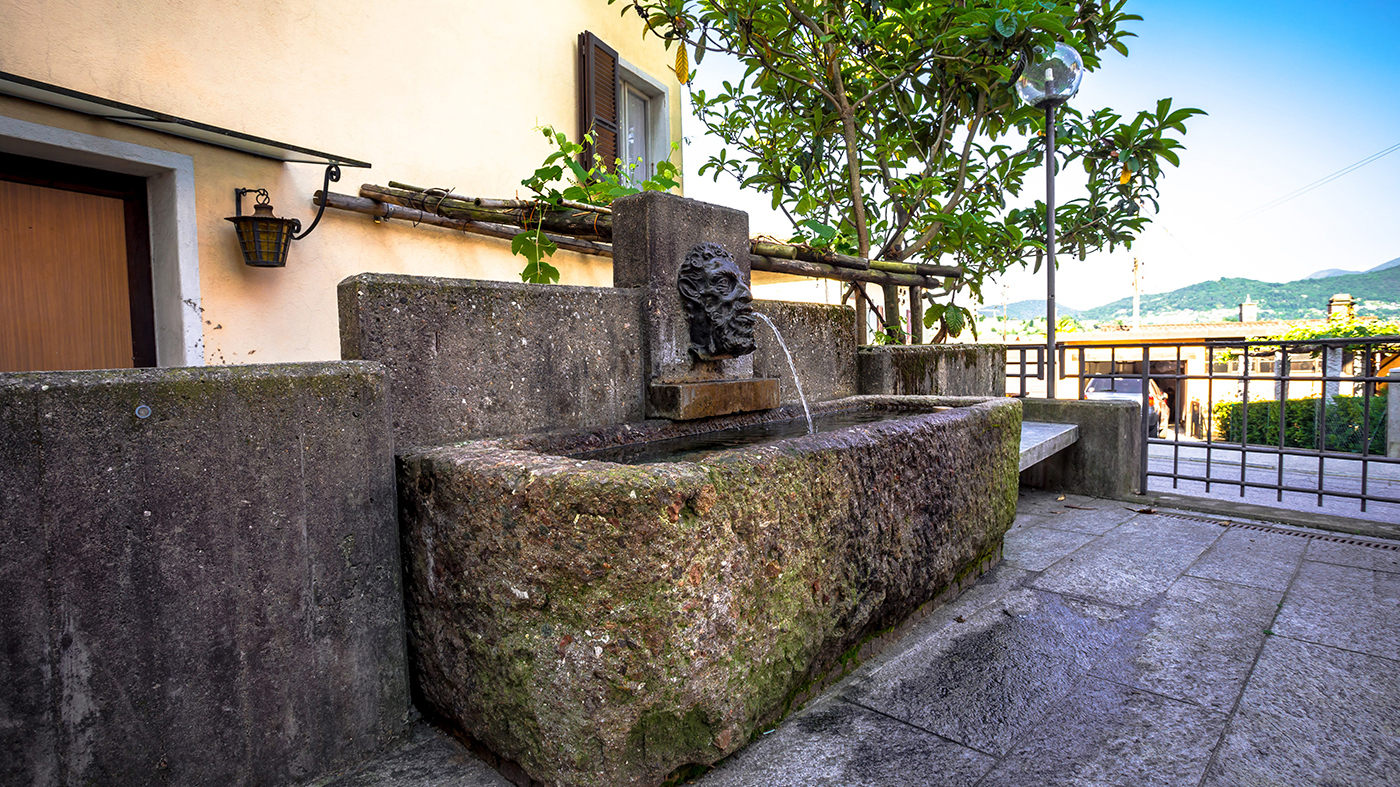History
The district, which has been part of Lugano since 2004, spans 163 hectares and borders Carabbia, Carona, Grancia, Melide, Montagnola, Pambio-Noranco, and Paradiso. Pazzallo, with its historic center located in the upper area and its more populated part below, consists of ten sub-districts that intersect and integrate with one another.
Nestled in greenery and just a few minutes by car from the city center, the district is known for preserving a strong sense of community spirit, reminiscent of traditional villages. From an environmental and landscape perspective, the Arbostora area, stretching from San Salvatore to Morcote, is particularly noteworthy.
Among the historical curiosities is Capo San Martino, a clearing on the road from Lugano to Melide, once called Forca because of the executions carried out there until 1804.
In 1969, three Iron Age tombs were discovered in Carzo di Pazzallo. The archaeological site is still visitable, and the artifacts are displayed at the Montebello Castle in Bellinzona.
At the beginning of the 20th century, during the era of winemaking, agriculture, and silkworm farming, Pazzallo had 28 houses and 194 inhabitants. A demographic boom occurred in the late 1970s and throughout the following decade, continuing at a slower pace to this day. In 1950, the population was 297, and by 1990, it had reached 897.
One notable historical figure from the district is 19th-century naturalist Silvio Calloni, who actively contributed to the life of Pazzallo by engaging in cultural, agricultural, mountaineering, and environmental protection activities. His work anticipated many themes of modern ecological awareness, and he published numerous scientific writings and two monographs on the flora of Lake Ceresio (1913).
The coat of arms

The Armoriale dei Comuni ticinesi by Gastone Cambin, published in 1953 by the Istituto Araldico e Genealogico di Lugano, describes the coat of arms of Pazzallo as follows: "Azure with a silver Maltese cross: in chief, a gold crescent supporting a star (6-pointed) of the same."
The coat of arms depicts a Maltese cross on a blue field, with a crescent moon and a six-pointed star. It was already featured on an ancient wrought iron piece placed in front of the oratory, which was later transformed into a candelabra and is now kept in the church.
Places of interest
The birthplace of the Swiss sculptor Mario Bernasconi (1899-1963) houses his works created in Pazzallo and his archive.
More information.
Owned by the municipality of Campione d'Italia until 1861, this natural clearing lies on the rocky spur that descends steeply from Monte San Salvatore to Lake Ceresio. It was primarily accessible by water.
The historian Virgilio Chiesa, referring to the period experienced by the Lugano community starting from 1400, notes how justice at the time, based on the Statuti civili e criminali of 1429, was particularly harsh, ready to impose severe punishments even for minor crimes. By boat or on foot, the accused would be led by the Confraternity of the Good Death of St. Martha to the Punta di San Martino, where executions took place.
The last execution at the Forca di San Martino occurred in January 1804, while the death penalty was abolished throughout Ticino on 3 May 1871.
Documented since 1523, the oratory served as an important landmark for the local community in the early 1500s, encompassing the three residential areas of Pazzallo paese, Levina (Navino), and Senago.
It underwent renovations during the 16th and 17th centuries. The small rectangular hall features a beautiful stucco altar from the first half of the 17th century, attributed to the Casella family from Carona, as well as a painting of the Nativity, also from the early 17th century, attributed to the Tarilli family from Cureglia.

The English version of this page was created with the aid of automatic translation tools and may contain errors and omissions.
The original version is the page in Italian.